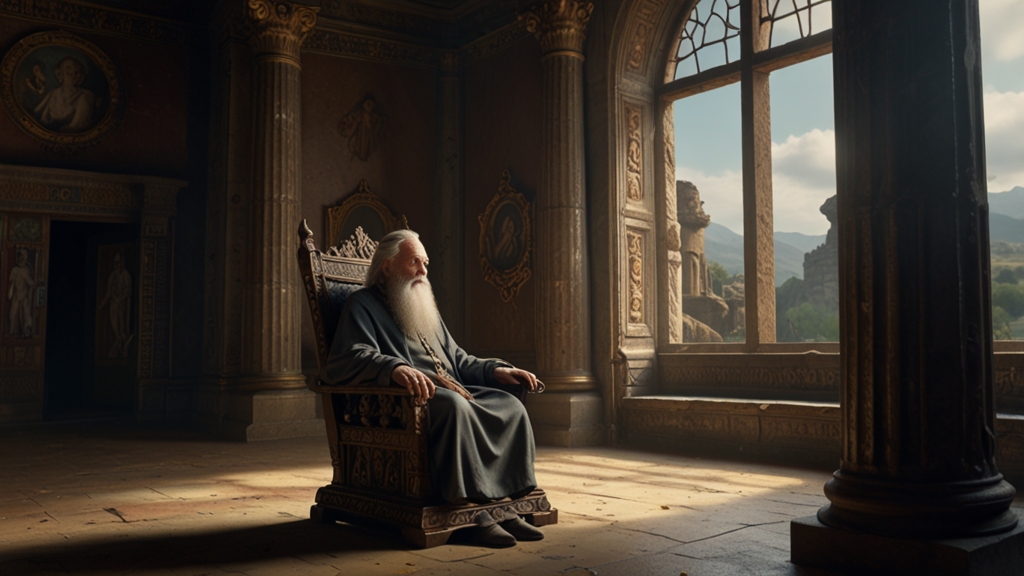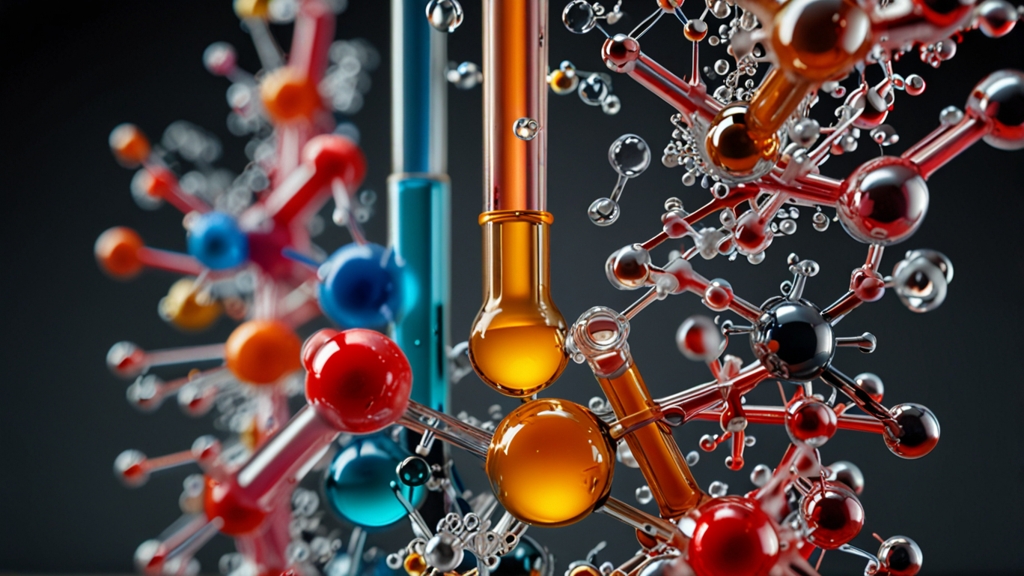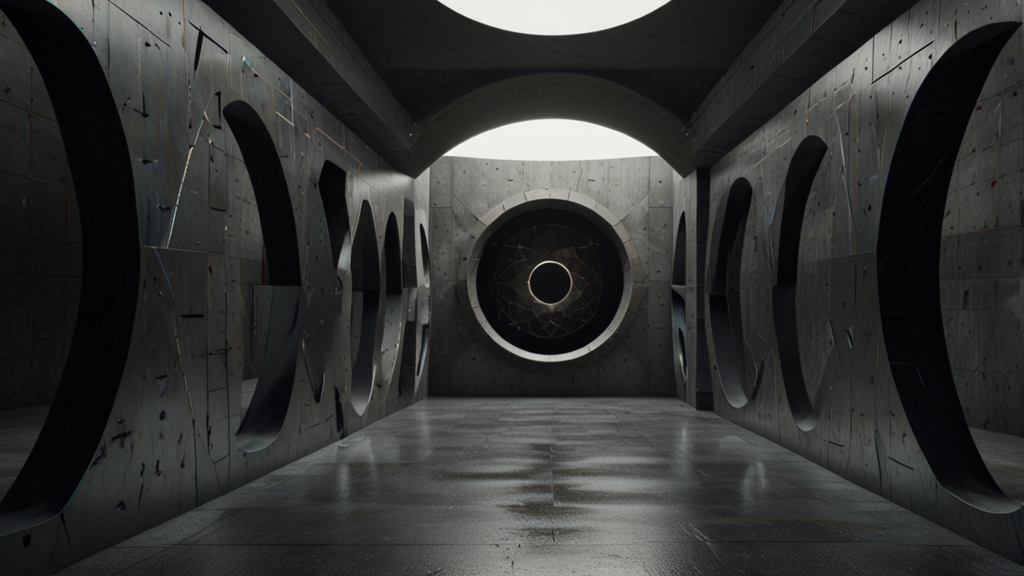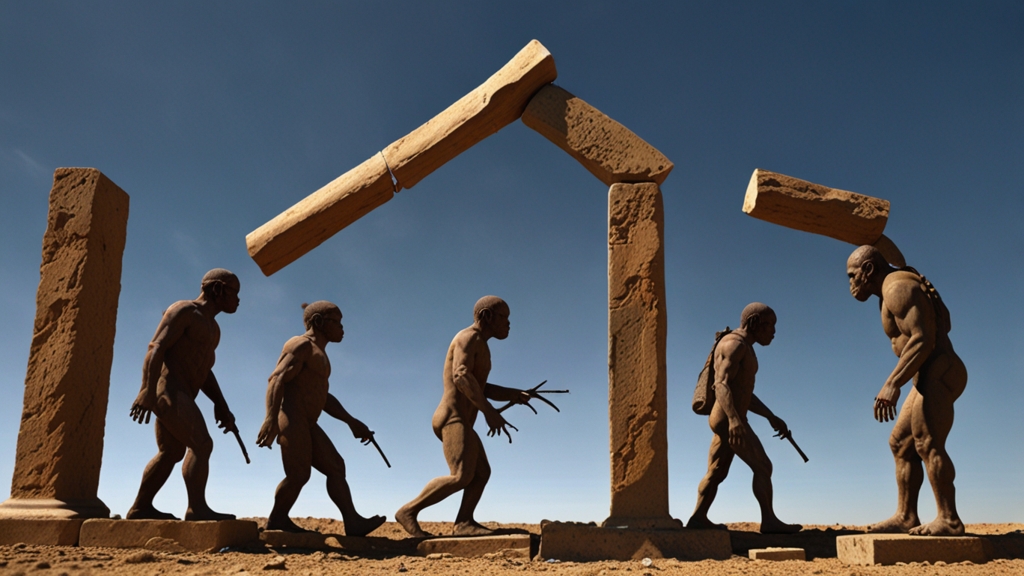Healing the Blind: Miracles that Changed Perceptions
Throughout history, stories of miraculous healings have permeated various cultures and religious doctrines. Among the most compelling of these are accounts of the blind regaining their sight. These extraordinary events have not only fascinated onlookers but have also deeply influenced how societies perceive physical disabilities, spiritual faith, and the boundaries of medical science.
Ancient Wonders and Divine Interventions
The earliest accounts of healing the blind are often found in religious texts. In Christianity, the New Testament is replete with stories of Jesus Christ restoring sight to the blind. One of the most famous instances is that of Bartimaeus, a blind beggar who was healed by Jesus near Jericho. As noted in Mark 10:52, Jesus said to Bartimaeus, "Go; your faith has healed you." Instantly, Bartimaeus received his sight and followed Jesus along the road.
Similarly, in Hinduism, there are tales of deities like Krishna and Shiva performing miraculous cures. The epic Mahabharata recounts how Krishna provided sight to the blind sage Dhritarashtra for a brief period, allowing him to witness the battlefield of Kurukshetra.
"Miracles are not contrary to nature, but only contrary to what we know about nature." - St. Augustine
Medieval and Renaissance Perspectives
During the Middle Ages and the Renaissance, the notion of miraculous healing remained influential. Saints like Saint Lucy and Saint Odilia were venerated for their divine intercessions in curing blindness. Artistic depictions, stained glass windows, and liturgical texts of the period often highlighted these miraculous events, thereby reinforcing their place in the cultural and religious psyche.
Sciences of the Renaissance began to challenge and scrutinize these miracles with a more skeptical eye. Yet, the accounts of healing persisted, influencing both laypeople and scholars. These stories functioned as a bridge between the divine and the empirical, often leading to early explorations in ophthalmology and anatomy.
Modern Interpretations and Medical Marvels
In contemporary times, the line between the miraculous and the medical has blurred. Advances in medicine, particularly in ophthalmology, have achieved what was once considered miraculous. Procedures like cataract surgery, corneal transplants, and laser vision correction now restore sight to millions globally.
One compelling modern-day story involves Dr. Patricia Bath, an African American ophthalmologist who invented a device to remove cataracts using a laser, significantly improving the success rate of cataract surgeries. Such advancements underscore how modern science can emulate and sometimes exceed the miraculous phenomena described in ancient texts.
"The only thing worse than being blind is having sight but no vision." - Helen Keller
The Intersection of Faith and Science
While science has made significant strides, the allure of the miraculous remains potent. Faith-based healings still attract immense followings. Pilgrimages to sites like Lourdes in France, where the Virgin Mary is said to have appeared, continue to draw millions seeking divine intervention for various ailments, including blindness. These spiritual journeys remind us that the human quest for healing transcends the purely empirical, touching upon the deep-seated need for hope and transcendence.
Ultimately, the stories of healing the blind, whether through divine intervention or medical innovation, serve to inspire and challenge our perceptions. They remind us of the remarkable potential for recovery and transformation that exists within the human spirit.
Conclusion
The miracles of healing the blind have had a profound impact on human history and culture. They have not only provided hope and faith but have also spurred scientific inquiry and medical advancements. Today, as we continue to explore the boundaries of what's possible, these ancient stories remain a testament to the enduring human spirit and the ever-evolving quest for healing and understanding.










